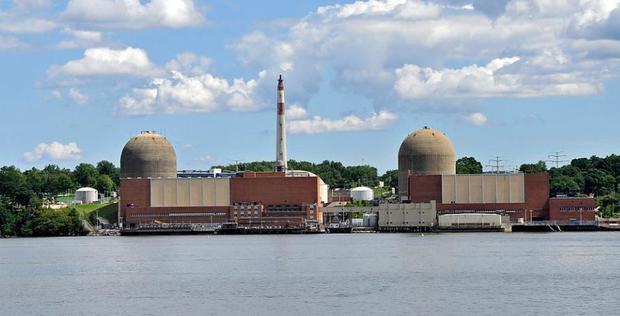Strange as it may seem, nuclear energy is not readily thought of when talking about renewable energy sources. But it is a clean energy source that has nearly zero emissions, and can generate a tremendous amount of energy.
The United States generates more nuclear energy than any other country in the world and fully 20 percent of the total energy requirement of the US is met through nuclear energy.
Nuclear energy all by itself conjures up visions of bombs, radioactivity and meltdowns. And these events paint a powerful and scary picture for most folks. However, there are two types of nuclear reactions, and both of them can generate energy: nuclear fission and nuclear fusion.
Fission and fusion
Many people believe that both nuclear fission and nuclear fusion are used in nuclear power plants to generate electricity, but this is wrong. Today’s nuclear power plants use nuclear fission to generate energy. Nuclear fission involves the splitting of the nucleus of an atom into two or more smaller parts.
Nuclear fission has its potential drawbacks, including possible nuclear meltdowns and radioactive waste that remains hazardous for thousands of years. The Chernobyl accident and Fukushima disaster are just two events that come to mind.
Nuclear fusion, on the other hand, has long been considered the holy grail of limitless energy production. Since the 1940s, scientists have been looking for ways to initiate and control fusion reactions to produce useful energy. And there is no dangerous radioactive nuclear waste since the fuel for a fusion reaction is not uranium or plutonium, but hydrogen.
In nuclear fusion, two lighter atomic nuclei collide to form a heavier nucleus, releasing an astronomical amount of heat that can be used to generate electricity. Fusion has been carried out in experimental settings, but researchers have not yet been able to generate net-positive energy from the process.
“Achieving controlled fusion reactions that net more power than they take to generate, and at commercial scale, is seen as a potential answer to climate change,” writes Nathanial Gronewold for Scientific American, reports Oilprice.com.
“Fusion energy would eliminate the need for fossil fuels and solve the intermittency and reliability concerns inherent with renewable energy sources. The energy would be generated without the dangerous amounts of radiation that raises concerns about fission nuclear energy.”
So why aren’t we using nuclear fusion?
Bob Mumgaard, the CEO of Commonwealth Fusion Systems, speaking at the MIT Energy Conference in April pointed out that humankind’s “desire for deep decarbonization” drives the interest in fusion. Private industry is building off of 70 long years of fusion science research supported by governments.
Fusion still has technological and economic barriers to overcome. Thankfully, there is a great deal of interest in the fusion process, with a number of universities, as well as companies like the Jeff Bezos-backed General Fusion and a huge pool of fusion startups heating up the competition.
And just this week, the International Thermonuclear Experimental Reactor (ITER), based in Southern France, announced that they are now just 6.5 years away from “First Plasma,” in a historic milestone. The ITER project is now 65 percent complete. The $23 billion project will be the world’s very first commercial-scale fusion reactor.
And with the continued warming of the planet, it would be sensible to see even more interest in fusion reactors as a safe and reliable source of generating energy for the future. Interesting Engineering writes, “It is safe to say that progress is certainly being made in regards to fusion technologies.”

















